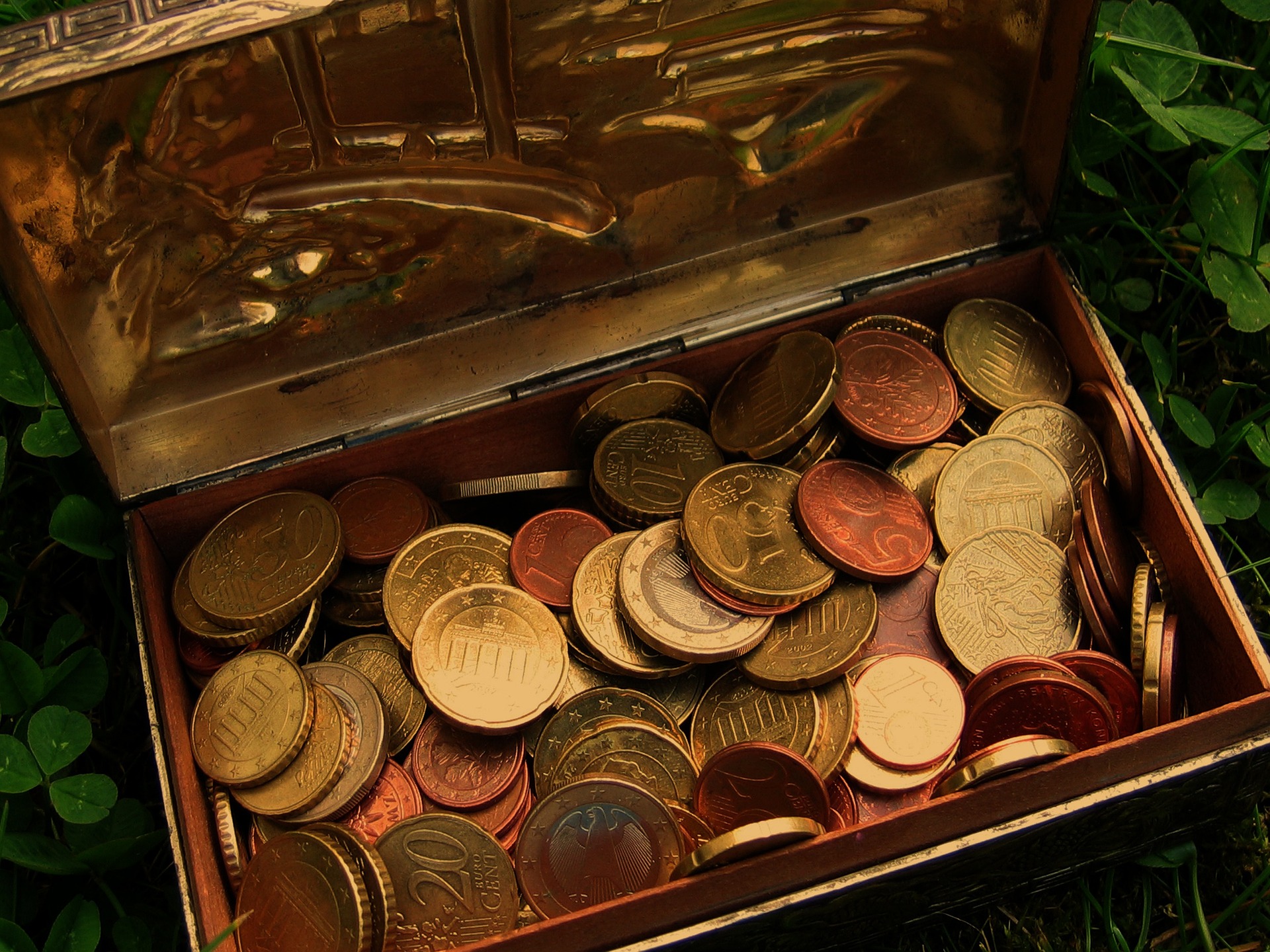Discover How To Identify A Valuable Coin At Home
Coin collecting is a fascinating hobby that can also be financially rewarding. Many people have valuable coins hiding in their spare change or tucked away in old collections. Learning how to identify these treasures can be an exciting and potentially lucrative endeavor. This article will guide you through the process of recognizing valuable coins from the comfort of your home, helping you understand what makes a coin rare and how to assess its worth.

What Makes a Coin Valuable?
Several factors contribute to a coin’s value. Rarity is perhaps the most significant element; coins with low mintage numbers or those that were only produced for a short time are often more valuable. Age can also play a role, but it’s not always the determining factor. Condition is crucial—well-preserved coins typically command higher prices. Historical significance, such as coins minted during important events or featuring rare errors, can significantly increase value. Lastly, the coin’s composition, particularly if it contains precious metals like gold or silver, can affect its worth.
How Can I Check the Condition of My Coins?
Assessing a coin’s condition is essential in determining its value. Numismatists use a grading scale ranging from Poor (P-1) to Perfect Uncirculated (MS-70). At home, you can start by examining your coins under good lighting. Look for signs of wear, particularly on high points like portraits or lettering. Use a magnifying glass to spot any scratches, nicks, or discoloration. Be cautious not to clean your coins, as improper cleaning can significantly reduce their value. For precise grading, consider having valuable coins professionally evaluated by a reputable grading service.
Which American Coins Are Most Likely to Be Valuable?
While any coin can potentially be valuable, certain American coins are known for their rarity and worth. Pre-1965 silver dimes, quarters, and half dollars often have value beyond their face amount due to silver content. Key dates to look for include the 1909-S VDB Lincoln Cent, 1916-D Mercury Dime, and 1932-D Washington Quarter. Morgan and Peace Dollars from the late 19th and early 20th centuries can also be valuable. Additionally, keep an eye out for error coins, such as the 1955 Double Die Lincoln Cent, which can fetch significant sums.
What Are Common Valuable Features to Look For?
When examining your coins, pay attention to specific features that could indicate value. Mint marks, small letters indicating where the coin was produced, can be crucial—some mint marks are rarer than others. Date is another critical factor; certain years had lower mintages or historical significance. Look for any signs of doubling in the design, which could indicate a valuable double die error. Unusual toning or color can sometimes enhance a coin’s appeal to collectors. Lastly, check for any variations in design or composition that differ from the standard issue for that year.
How Much Are Rare Coins Worth in Today’s Market?
The value of rare coins can vary widely depending on their specific attributes and market conditions. Some of the most valuable coins, like the 1804 Silver Dollar or the 1913 Liberty Head Nickel, can sell for millions of dollars. However, more common rare coins might range from a few hundred to several thousand dollars. For instance, a well-preserved 1916-D Mercury Dime could be worth over $1,000, while a 1955 Double Die Lincoln Cent in excellent condition might fetch $10,000 or more.
Where Can I Get My Coins Professionally Evaluated?
If you believe you have a valuable coin, getting a professional evaluation is crucial. Several reputable coin grading services offer authentication and grading. These services examine coins for authenticity, assess their condition, and provide a grade that helps determine value. Here’s a comparison of some well-known grading services:
| Grading Service | Turnaround Time | Basic Grading Fee | Key Features |
|---|---|---|---|
| PCGS | 20-30 days | $30-$45 | TrueView imaging, guarantee of grade |
| NGC | 15-20 days | $30-$40 | Online verification, guarantee of grade |
| ANACS | 30-45 days | $16-$30 | First third-party grading service, competitive pricing |
Prices, rates, or cost estimates mentioned in this article are based on the latest available information but may change over time. Independent research is advised before making financial decisions.
In conclusion, identifying valuable coins at home can be an exciting and rewarding process. By understanding what makes a coin valuable, learning to assess condition, and knowing which features to look for, you can start to recognize potential treasures in your own collection. Remember that while many factors contribute to a coin’s value, professional grading is often necessary to determine its true worth. Whether you’re a seasoned collector or just getting started, the world of rare coins offers endless opportunities for discovery and appreciation of numismatic history.




